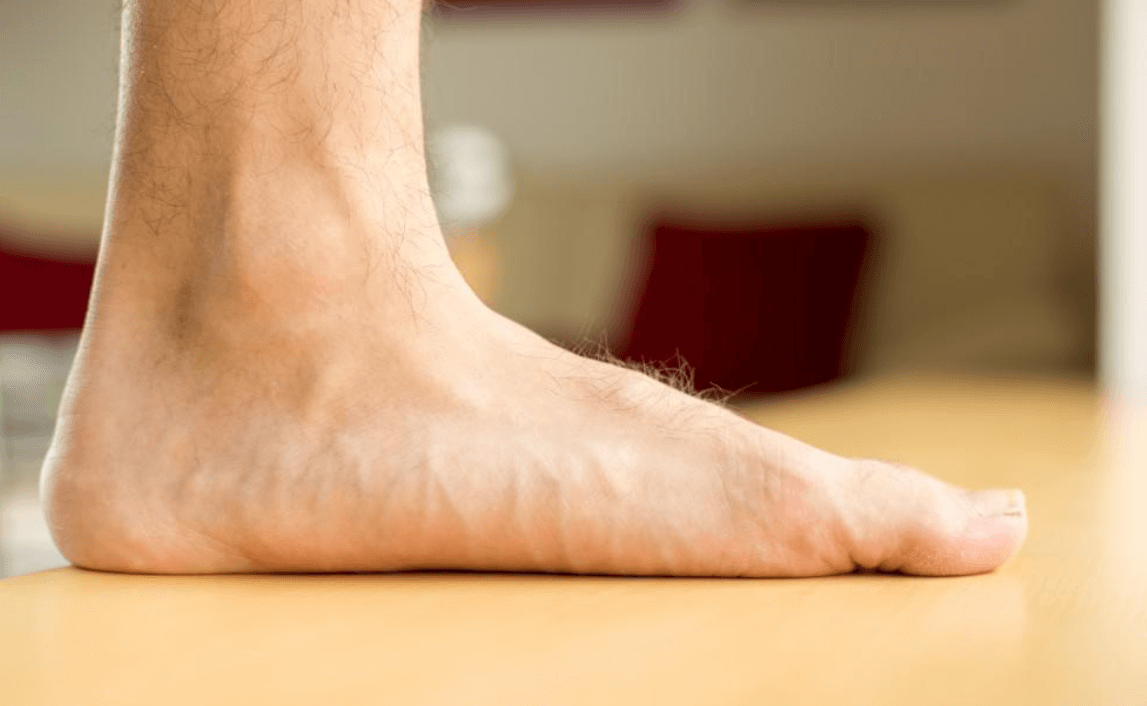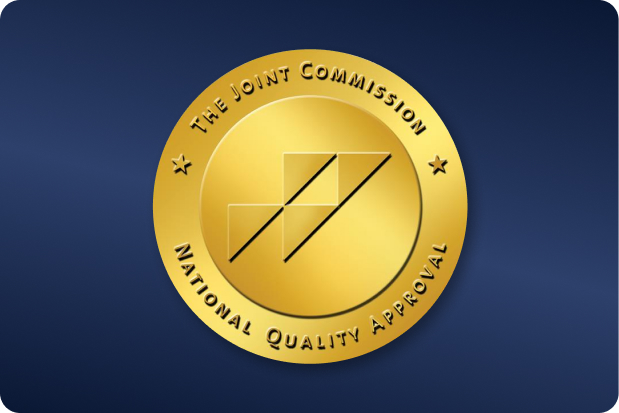 OUR LOCATIONS
Call to book 201.523.9590
OUR LOCATIONS
Call to book 201.523.9590
 OUR LOCATIONS
Call to book 201.523.9590
OUR LOCATIONS
Call to book 201.523.9590

Back pain is a common condition that affects people all over the world. It can be caused by active incidents such as straining or spraining while lifting or inherent conditions like kyphosis. A less obvious cause can be a person’s gait – or in most cases, the structure of their feet.
Can having flat feet cause back problems? Absolutely, though other factors can aggravate the symptoms. Fortunately, the treatment options for this kind of back pain are relatively simple, as long as the cause is addressed before things get worse.
A flat foot is characterized by your feet having low arches, which makes the entire sole of your foot touch the ground when you walk. Flat-footed people are 50% more likely to experience back pain compared to people with normal or high arches, with other factors like lifestyle and pre-existing conditions aggravating the symptoms.
Flat feet are normal in infants and small children, but it usually corrects itself around age 2 to 3 years old. However, genetics and underdevelopment during childhood can make this condition persist until they become adults, at which point it develops into pes planus – or what we know as flat feet.
While injuries or other health conditions can cause flat feet, it’s mostly hereditary. You can get flat feet as an adult if you experience:
Our bodies are an interconnected mix of muscles, tendons, and tissue. When one part of our body moves, the rest of it responds by either flexing or contracting to enable the action. Walking is one of the best examples of this: as we walk, we put our entire weight on our feet. The legs cushion the impact with the spine acting as the primary support that keeps us upright.
This interconnected system is the primary reason flat feet can cause back pain. A flat foot means that your ankles are misaligned, which causes the joints in your foot and legs to connect differently. This affects the joints in your knee and hips, which affects the way you walk. This change in posture now puts most of the weight on your lower back, which isn’t designed to handle this strain.
This additional strain also changes your posture, which means you may contort your entire lower half when you walk. This puts a lot of stress on your joints, which can lead you to develop conditions like arthritis.
All this unsupported weight compresses your spinal nerves, which causes back pain and more serious complications down the line. However, one thing to note here is that having flat feet doesn’t automatically correlate to having back pain. Some people have flat feet and walk just fine.
The easiest way to tell if you have flat feet is to do the footprint test. Find a surface that marks easily when it gets wet, like a concrete floor. Dip your bare foot in a pail of water and step on the surface, leaving a decent-sized imprint. The only areas that should be visible are the back, front, and toes of your foot. If you see that there’s no gap in between the ball and heel, you may have flat feet.
Aside from back pain, other symptoms of flat feet may include:
If you experience any of the symptoms above, we suggest visiting your nearest podiatrist or general orthopedist to get an expert opinion.
Orthotics are custom-made shoe or heel inserts that treat foot, knee, or back problems. They can be used by themselves or as part of a wider treatment regimen your doctor may recommend. They’re an affordable and non-invasive alternative to foot surgery and are easy to integrate into your lifestyle.
One thing to keep in mind is that store-bought shoe inserts are NOT orthotics. Orthotics will always be tailored to the patient for the best results. Some shoes on the market may be advertised as orthotic shoes, but there’s no guarantee that they can work for you without your doctor’s approval.
Obesity can compound the effects of flat foot-related back pain, so your doctor may recommend that you lose weight with more diet and exercise. This method may take longer than orthotics to give you results, but it’s also one of the most effective solutions long-term if you’re over the normal weight limit.
Weight loss reduces the amount of fat that your foot has to support, which lessens the pressure on your spine. It also helps you regain your natural posture when walking. Combined with orthotics and physical therapy, losing weight can be an effective way to combat the effects of flat feet.
Doctors often recommend flat foot exercises to people who experience significant or prolonged back pain. They design these exercises to correct fallen arches, improve your posture when standing or walking, and reduce pain. Your doctor may require you to go to a clinic for the first couple of sessions and prescribe some exercises that you can follow at home.
Like orthotics, it’s also important that you don’t start exercising on your own without consulting your doctor. Attempting physical therapy by yourself puts you at the risk of worsening your condition, or developing another one because of an improper regimen.
While flat feet may be a cause of back pain, it’s not the only factor. Even if you get a flat foot diagnosis, it’s important to consult your doctor about other causes of your back pain.
At The Spine And Rehab Group NY, we have years of experience in helping our clients identify and treat the source of their back pains. With certified doctors and highly trained specialists, we provide our patients with personalized and long-lasting solutions to ease their back pain.
Learn more: How Do You Sleep With Kyphosis?



